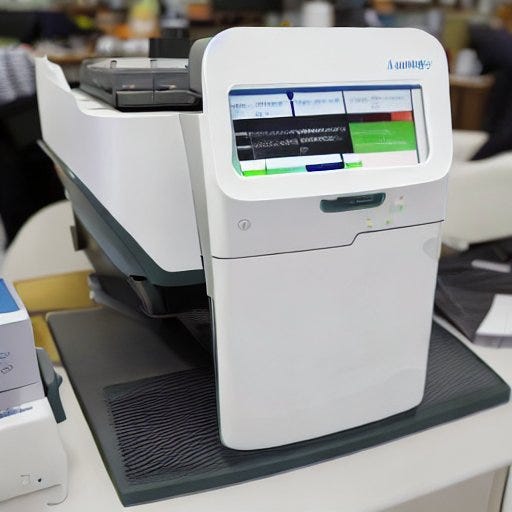What should Illumina do?

In yesterday’s post I presented my thoughts on Illumina’s current issues, the motivation for acquiring Grail and the problems this has caused.
In this post let’s think about what they could do (before discussing why they won’t).
So here we go! Illumina could…
Reduce the price of the iSeq to $1000, giving it a reason to exist. The instrument might require some re-engineering but there no reason that the iSeq can’t be made for the same COGS as a Minion. I suspect many users would choose an Illumina instrument over a Minion if the pricing made sense. This could bring new users into sequencing and drive growth. Make it small enough to ship and not require field support. Keep the kit price the same or set it at ~$500.
Address new applications like viral diagnostics. Current generation sequencers were clearly of limited value during the pandemic. Produce a new “sample-to-answer” sequencer initially aimed at displacing panels (like the Biofire FilmArray). The iSeq seems suited to this, all it would take is a modified cartridge incorporating sample prep components.
Rather than talking about a $200 genome, just do it. Element are doing it for customers running 230+ genome now. Do it for single genomes, do it now. Don’t let customers get tempted by other platforms, once they switch they’re gone. You’re in a race to the bottom get used to it.
You want to buy a long read platform? Why not build one? You own the MspA IP, so use it. Nobody wants not synthetic (but probably actually synthetic) long reads. Alternatively look into other novel approaches to long read sequencing.
Release a new/updated version of the Miseq (seriously it’s been 11 years now…).
Join me after the paywall break where we address all the reasons why they won’t do any of the above:
